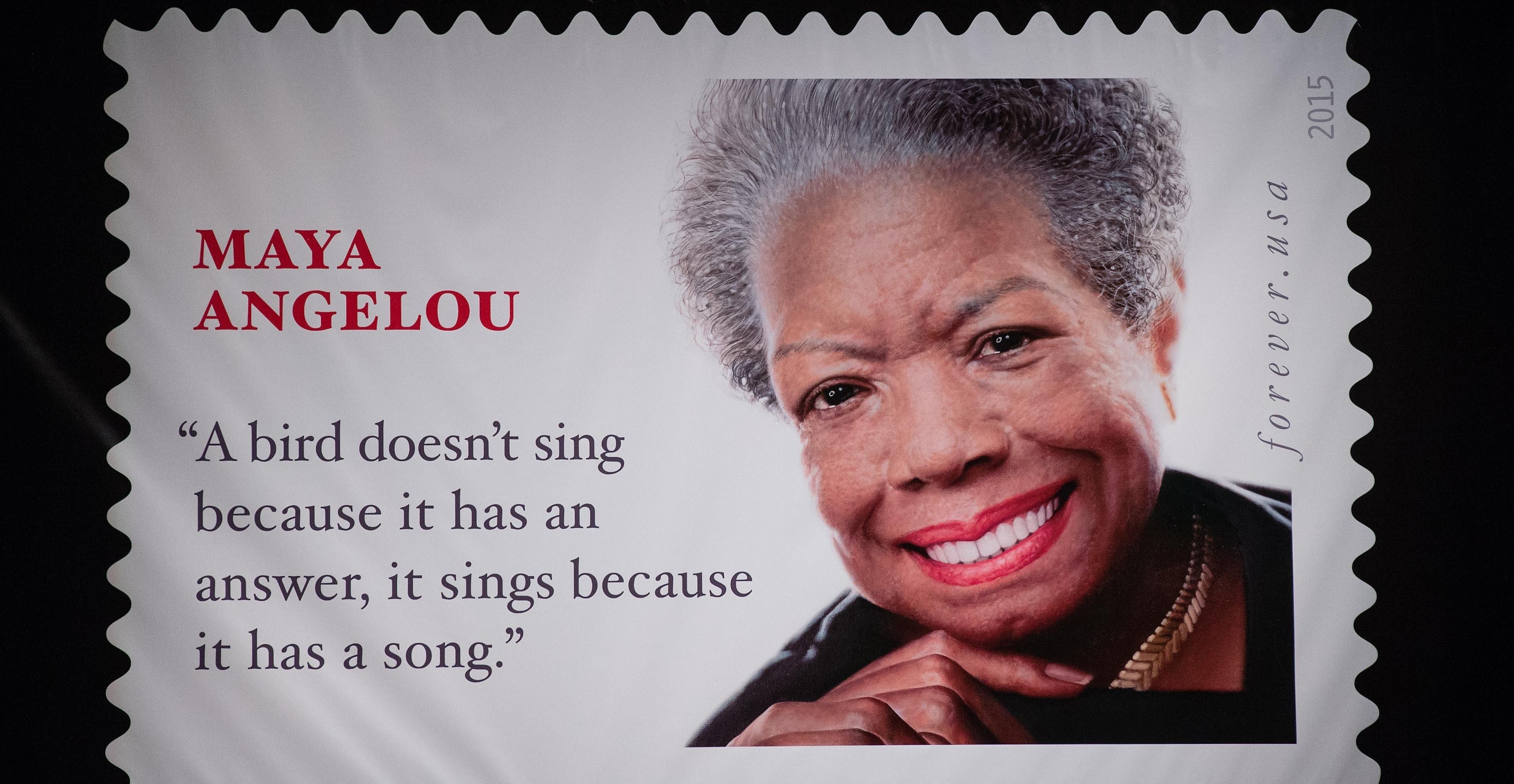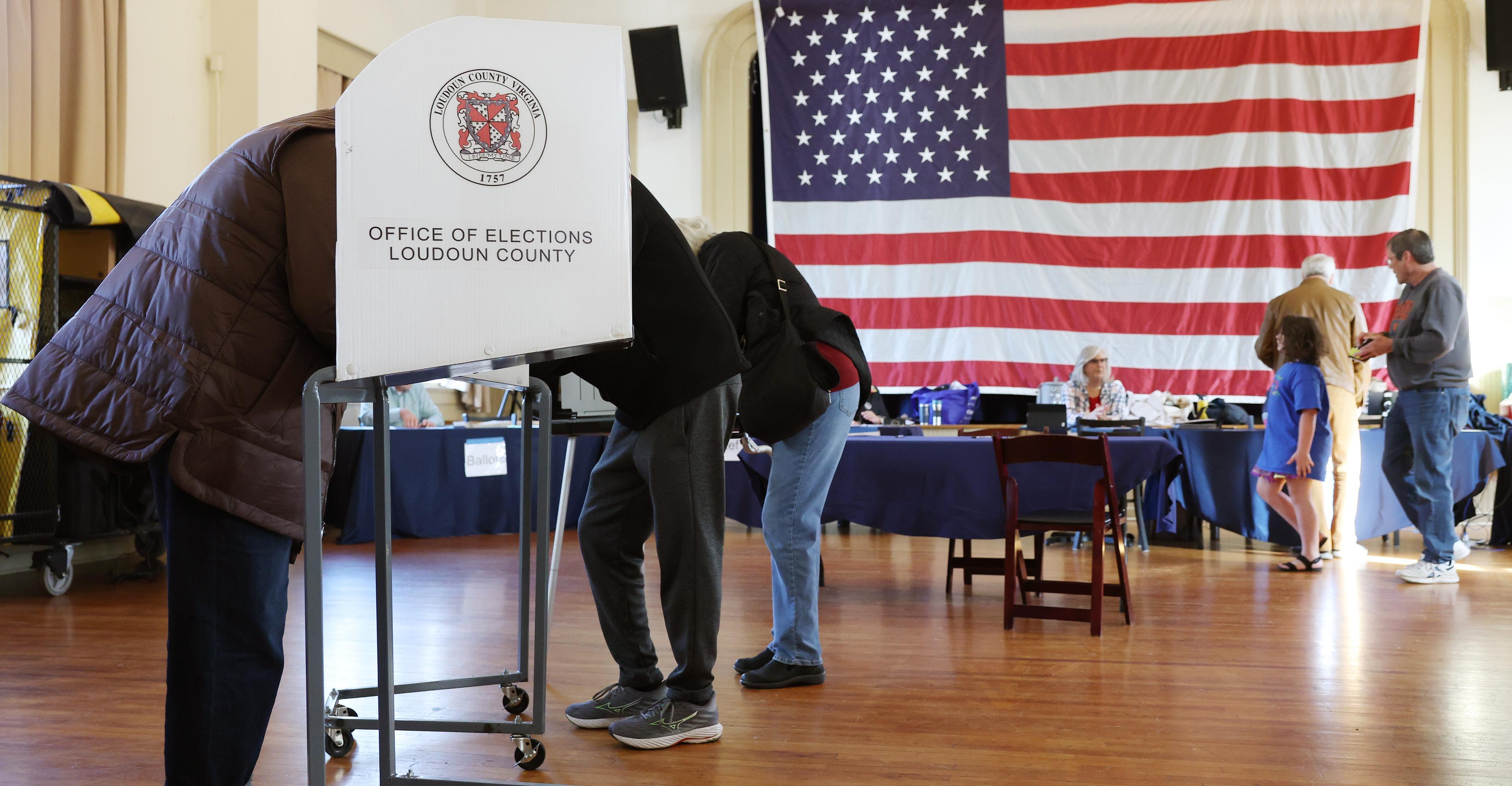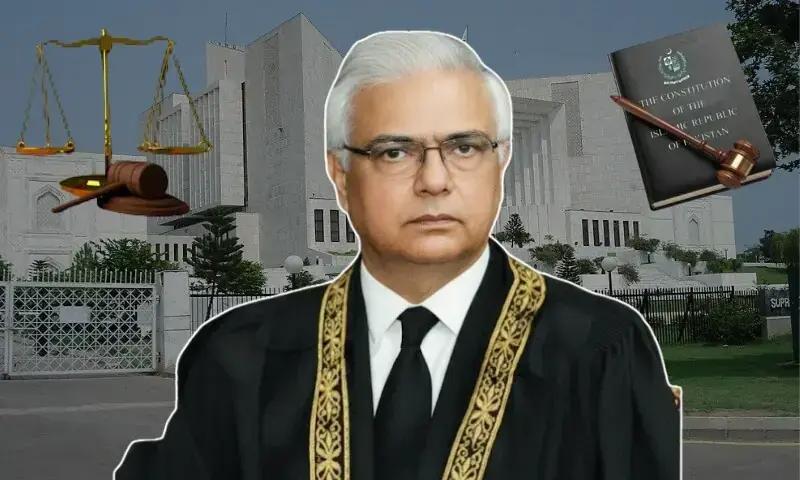An extra-super Super Bowl is in store.


Sometime on Sunday, the white-hot center of the biggest spectator events of the past year will arrive in Las Vegas. Their every move will be tracked by relentless media and even more relentless fans.
Also, a football game will be played.
There will be no shortage of storylines at Super Bowl LVIII, which — I’ll save you the Google search — kicks off at 6:30 pm ET on February 11. Can Kansas City Chiefs coach Andy Reid and quarterback Patrick Mahomes win their second-straight title? Will Mr. Irrelevant — San Francisco 49ers quarterback Brock Purdy — strike a blow for anyone who was ever picked last in gym class and take home the Lombardi trophy? Will Las Vegas sports books clean up on the $16 billion — more than the total GDP of Madagascar — Americans are projected to bet on the big game? (My predictions: yes, no, and absolutely.)
What will make this Super Bowl so important, at least for many of the more than 120 million Americans who will probably tune in to watch the game, will be the expected presence of one Taylor Alison Swift. A brief recap for anyone who until recently took up residence under a rock: This past fall, Swift started dating Chiefs tight end Travis Kelce and began showing up to his games. People — everyone, really, but especially guys like this — went crazy.
For all their differences — Swift ruthlessly mines her emotions for her music; emotions can result in a 15-yard penalty in the NFL — what Swift and pro football have in common is sheer cultural weight.
Swift’s Eras Tour is the highest-grossing concert tour ever, taking in more than the next two biggest 2023 tours combined. She broke the record for most global streams ever on Spotify at more than 26.1 billion in 2023 — or more than three streams for every human on Earth — and had four of the 10 most-consumed albums this year, all without actually releasing an album of new music. When she made history with her fourth Album of the Year Grammy last week, it was just one more jewel in the tiara.
On the other side, the NFL is to the rest of the entertainment industry what 6-foot-8, 365-pound Philadelphia Eagles left tackle Jordan Mailata would be to a peewee football player. Of the 100 most-watched broadcasts in 2023, NFL games accounted for 93 of them, up from 82 in 2023 and 72 in 2020. The NFL pulls in about as much revenue as the NBA and MLB combined. Of the 50 most valuable sports franchises in the world, 30 of them are NFL teams. By just about every metric, the already dominant NFL is going up and to the right.
Swift and the NFL are each bigger than big. But what’s really illustrative of American entertainment today is how different their paths to the top have been.
No one player is bigger than the NFL
If you check out SportsPro’s ranking of the 50 most marketable global athletes, you have to go all the way down to 35 — past NBA stars, F1 drivers, and soccer players — to get to an NFL player: Travis Kelce. And with all due respect to Kelce’s Hall of Fame career, I have a feeling that has more to do with his girlfriend than his 74 career touchdown receptions.
In any other sport, the fact that the most successful team, the Chiefs, is based in the league’s 25th-biggest media market would be a problem. When the small-market Denver Nuggets won last year’s NBA finals, ratings notably dipped. But such things don’t matter in the NFL, where the Chiefs set ratings records in last year’s Super Bowl and will likely do so again.
Other sports are also dependent on individual players to generate interest: see Messi-mania in Major League Soccer. When Michael Jordan finally retired, NBA viewership plunged for years as the league struggled to find a new star around which to orbit. Contrast that to the NFL, which just spent its first season since 1999 without Tom Brady. Brady — as much as it pains everyone outside the greater Boston area to say, including me — is the NFL’s equivalent to Jordan, with one more ring. Yet when Brady left, ratings just kept going up and up.
It wasn’t primarily Brady or Mahomes or Kelce that people were tuning in to see. It’s NFL football itself, and no player is bigger than the National Football League.
But no one is bigger than Taylor Swift.
A singular superstar
If the NFL has made itself into the biggest, most powerful, most watched institution in entertainment, Swift has risen to the pinnacle by disrupting every institution around her. Get into a dispute with your former record label over ownership of your original album masters? Just re-record and release the albums — and watch years-old songs zoom to the top of the charts. Want to make a concert film of your epic Eras Tour? Cut out the middlemen and make a deal directly with the theater chain AMC — and watch that movie become the highest-grossing concert film ever. As Swift told Time magazine, which made her its 2023 Person of the Year: “I bet on myself.”
Swift is able to do all this not just because she has talent and moxie, but because she has been able to forge an unusually strong relationship with her fans. That’s how you create so much enthusiasm that your concert fans generate the equivalent of a 2.3-magnitude earthquake at a Seattle show (one twice as powerful as the seismic activity generated during a 2011 NFL playoff game in Seattle).
Attending an Eras show is not unlike attending, say, a Green Bay Packers game at Lambeau Field: The emotions are intense, the screaming never stops, and a lot of people are in costume. The difference is that everyone at an Eras show is there to see Taylor and Taylor alone — and she always wins.
So when Swift meets the NFL at Super Bowl LVIII, it won’t just be a collision of pop and jocks, women and men, glitter and grime. It’ll be the singular superstar contrasted with what might be America’s last, best collective industry.
And should Travis Kelce get down on one knee before Swift after the game — something that, like everything else in the Super Bowl, you can place a bet on — then through one prism, it’ll be a classic American story: the football captain and the homecoming queen living happily ever after.
Viewed another way, it’ll still be another kind of classic American story: a corporate mega-merger that ends up with the big getting bigger.
This story appeared originally in Today, Explained, Vox’s flagship daily newsletter. Sign up here for future editions.
King of Jordan to visit Pakistan from tomorrow
- 18 hours ago

The world’s lemurs are going extinct. This is the only way to save them.
- 8 hours ago

AI is resurrecting the voices of dead famous people
- 8 hours ago
Pakistan, Saudi Arabia vow to contribute towards regional peace
- 18 hours ago

Gold prices witness visible plunge in Pakistan
- 5 minutes ago

Netflix might make its own video podcasts
- 10 hours ago

Luka on Harrison firing: Just focused on Lakers
- 9 hours ago
Trump says he is considering F-35 fighter jet deal with Saudis
- 10 minutes ago

The Supreme Court will decide whether to toss out thousands of ballots
- 8 hours ago

The next iPhone Air has reportedly been delayed
- 10 hours ago
IAF aircraft crashes near Chennai
- 19 hours ago

Siri Shortcuts now works with Samsung SmartThings routines
- 10 hours ago










